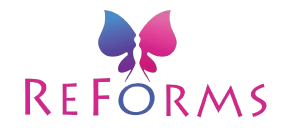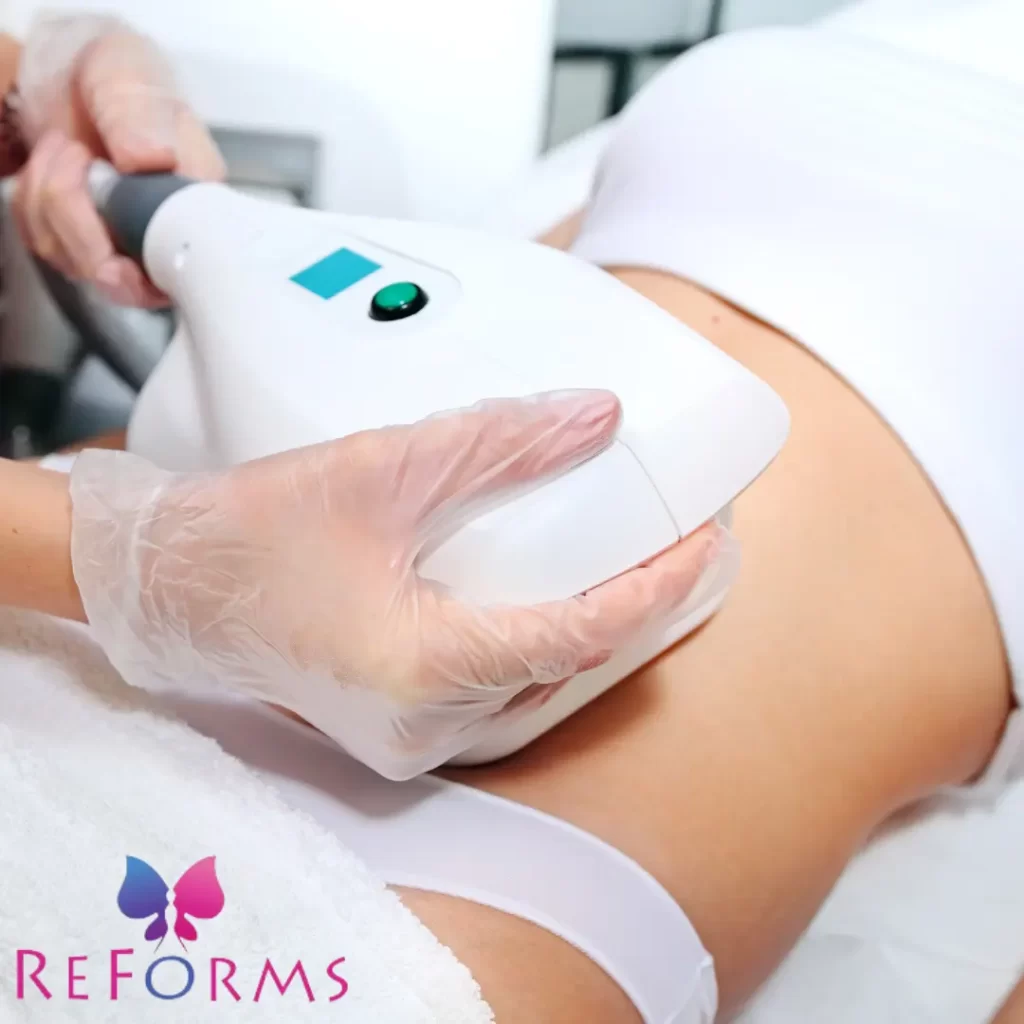CoolSculpting, also known as cryolipolysis, has gained popularity as a non-surgical method for reducing stubborn fat. This procedure, which involves freezing fat cells to eliminate them, offers a convenient alternative to traditional liposuction. While it promises a less invasive route to body contouring, it’s essential to understand both its benefits and potential risks. Here’s an overview of what you need to know about the risks and side effects associated with CoolSculpting.
How CoolSculpting Works?
Cool Sculpting works by targeting and freezing fat cells beneath the skin using controlled cooling technology. The frozen fat cells undergo a natural process of elimination over time, which leads to a reduction in fat thickness. The procedure is FDA-approved and is marketed as a non-invasive alternative to liposuction with minimal downtime.
Common Side Effects of Cool Sculpting :
While Fat Freeze is generally considered safe, some side effects are relatively common:
- Temporary Redness and Swelling: After the procedure, the treated area may experience redness, swelling, and bruising. These symptoms usually resolve within a few hours to a few days.
- Numbness: The cooling process can cause temporary numbness in the treated area. This sensation typically fades within a few weeks.
- Tenderness and Discomfort: Patients might feel tenderness or mild discomfort in the treated area. This can include sensations of aching or cramping, which generally subside within a few days.
- Itching or Tingling: Some individuals report itching or tingling sensations in the treated area as the skin recovers from the cooling process.
Less Common but Serious Risks
In addition to the more common side effects, there are less frequent but serious risks associated with CoolSculpting:
- Paradoxical Adipose Hyperplasia (PAH): This is a rare condition where the treated fat cells enlarge instead of shrinking. PAH can cause a noticeable increase in fat in the treated area and may require additional treatments or procedures to correct.
- Frostbite: In very rare cases, improper application of the cooling device can cause frostbite, especially if the device is not used correctly or if there are underlying issues with the patient’s skin sensitivity.
- Skin Changes: Some patients may experience changes in skin texture or firmness, though these are typically temporary.
Who Should Avoid Cool Sculpting?
CoolSculpting is not suitable for everyone. Individuals with the following conditions should consult their healthcare provider before undergoing the procedure:
- Severe Cold Sensitivity: Those with conditions like cryoglobulinemia or paroxysmal cold hemoglobinuria, which make them sensitive to cold, should avoid CoolSculpting.
- Certain Medical Conditions: Patients with medical conditions affecting their skin or underlying fat tissue should seek medical advice to determine if CoolSculpting is appropriate.
Managing Risks and Side Effects of Fat Freeze Hedding:
To minimize risks and side effects, it is crucial to:
- Choose a Qualified Provider: Ensure that the procedure is performed by a trained and certified CoolSculpting provider who follows proper protocols.
- Follow Aftercare Instructions: Adhere to the post-procedure care guidelines provided by your provider to promote healing and reduce the likelihood of complications.
- Communicate with Your Provider: Discuss any concerns or pre-existing conditions with your healthcare provider before undergoing the procedure.
Conclusion
Cool Sculpting offers an appealing option for those looking to eliminate stubborn fat without the need for surgery. However, like any medical procedure, it comes with potential risks and side effects. Understanding these risks and discussing them with a qualified provider can help ensure a safer experience and better results. Always weigh the benefits against the potential risks and make an informed decision based on your individual health needs and goals.


